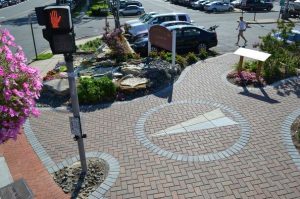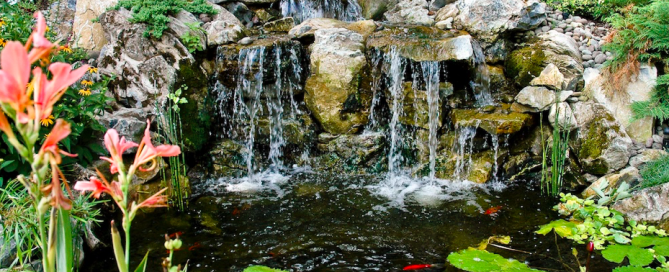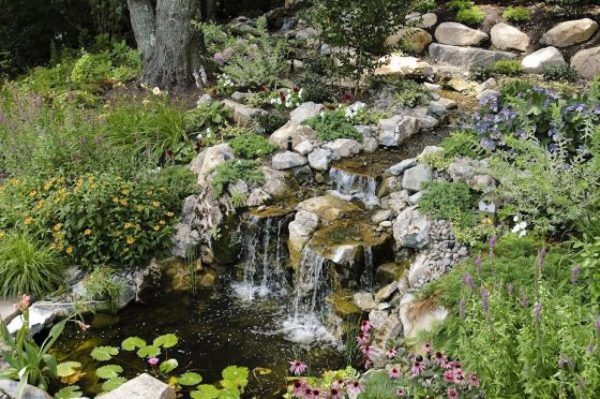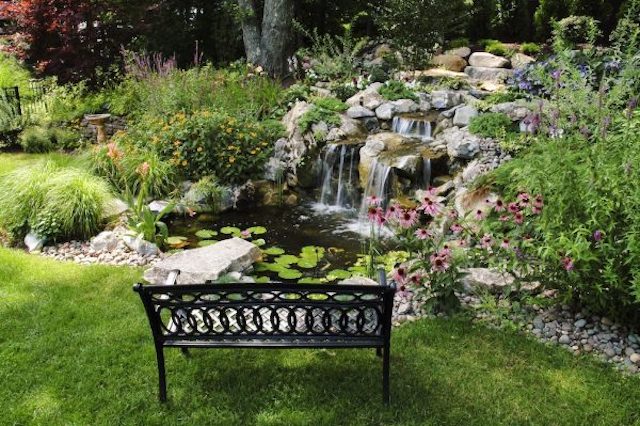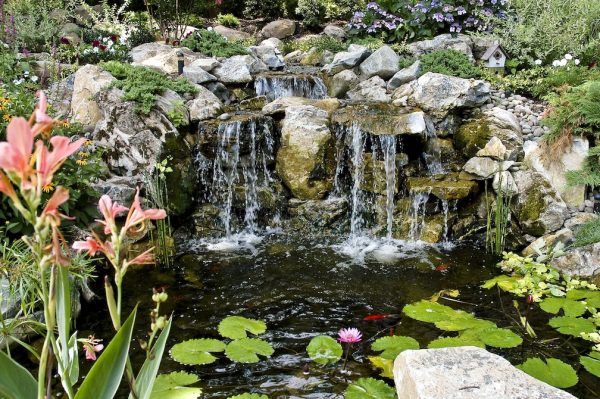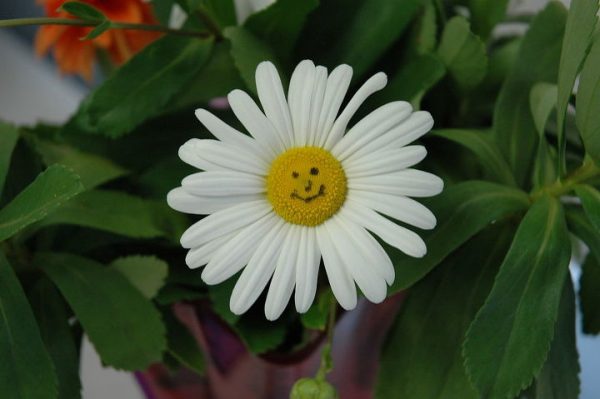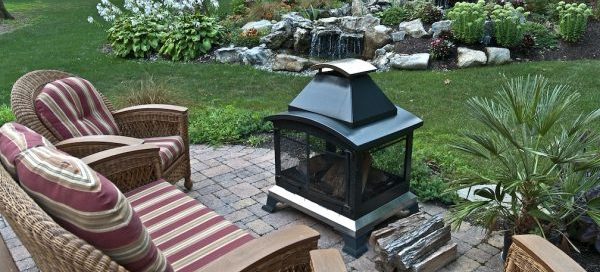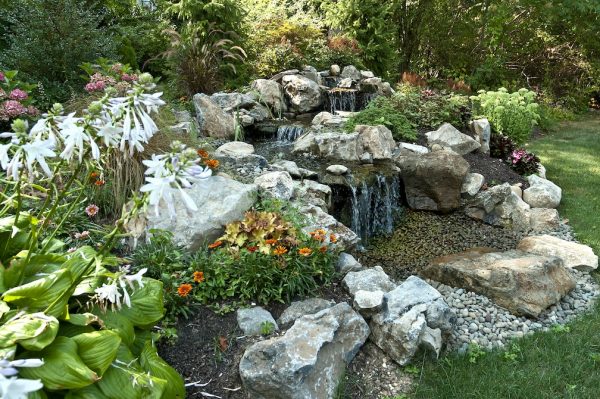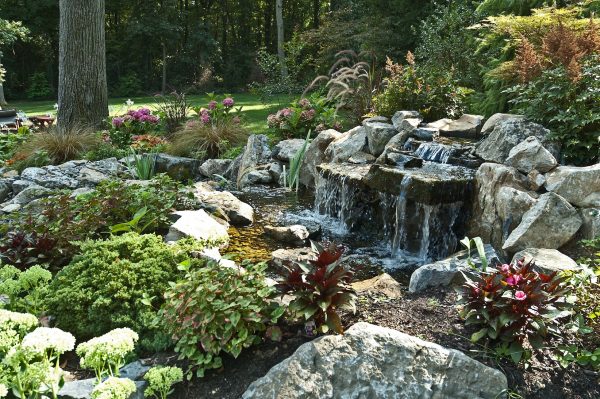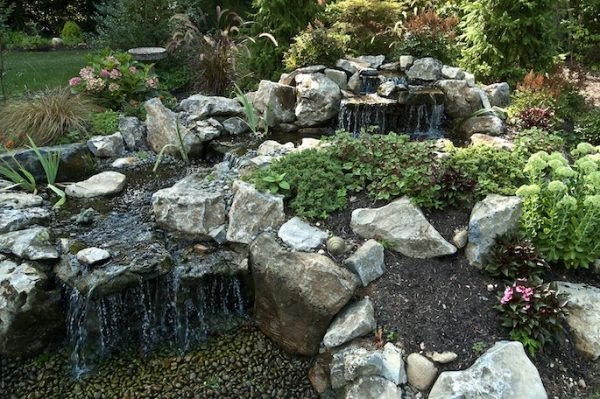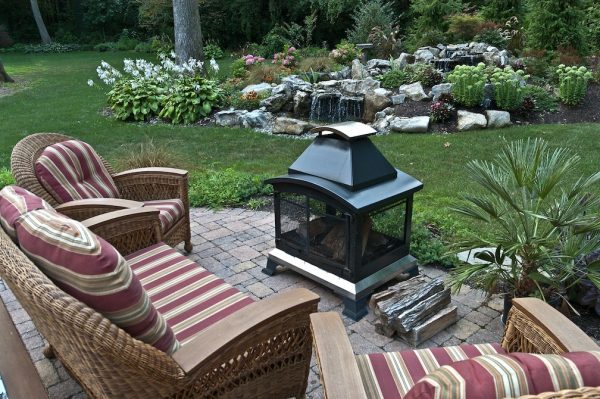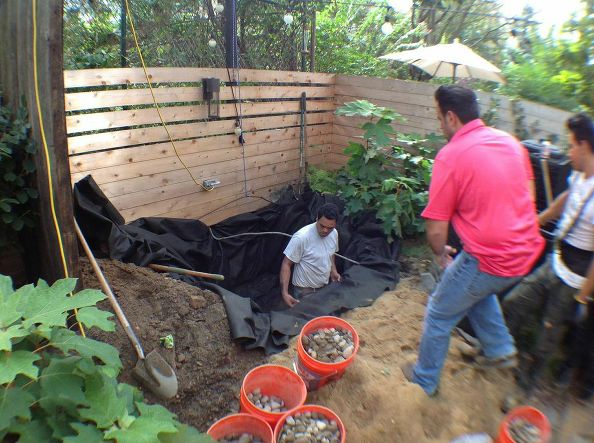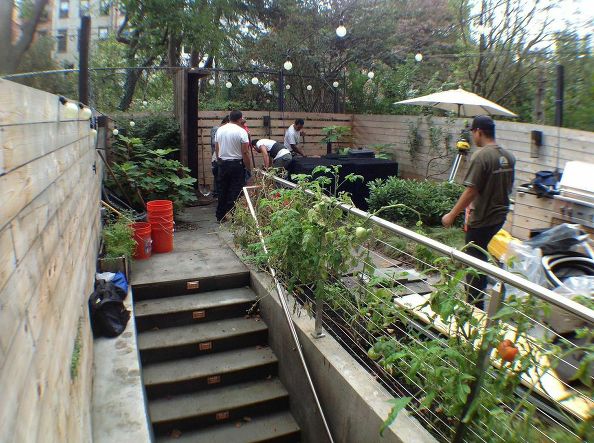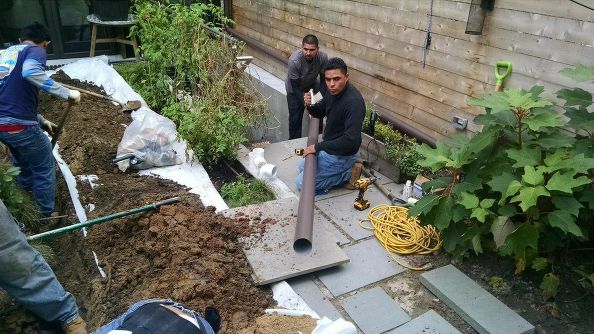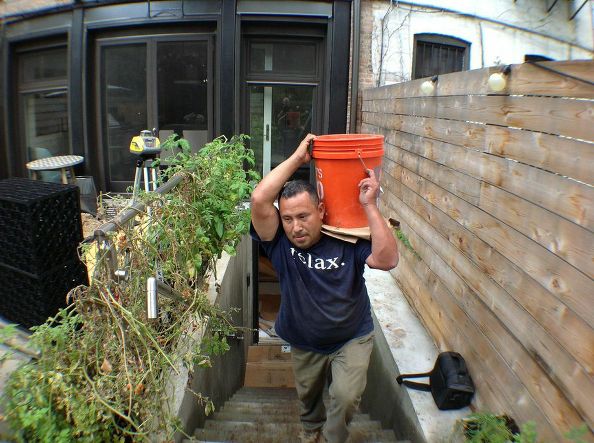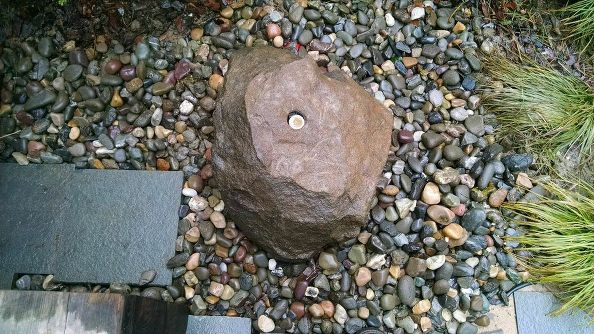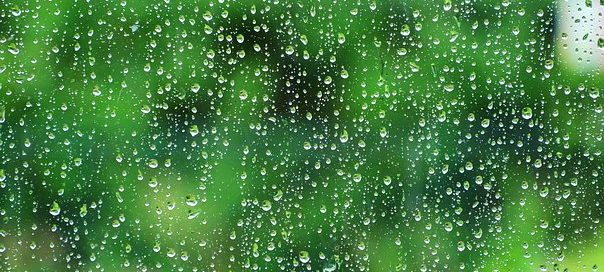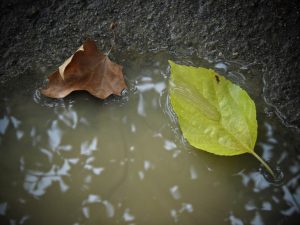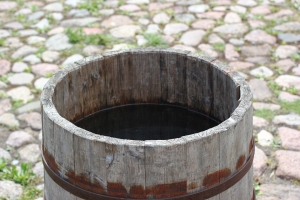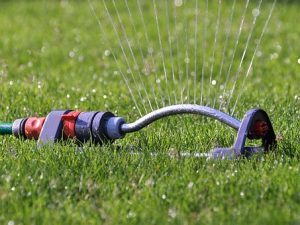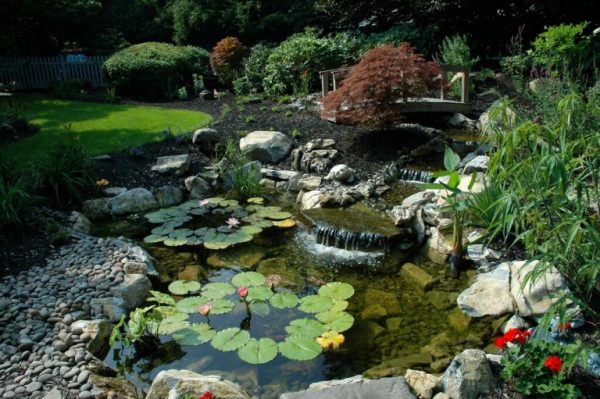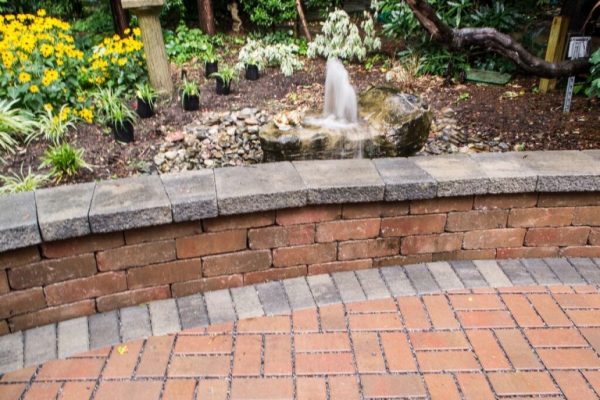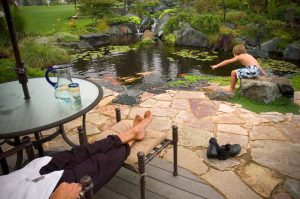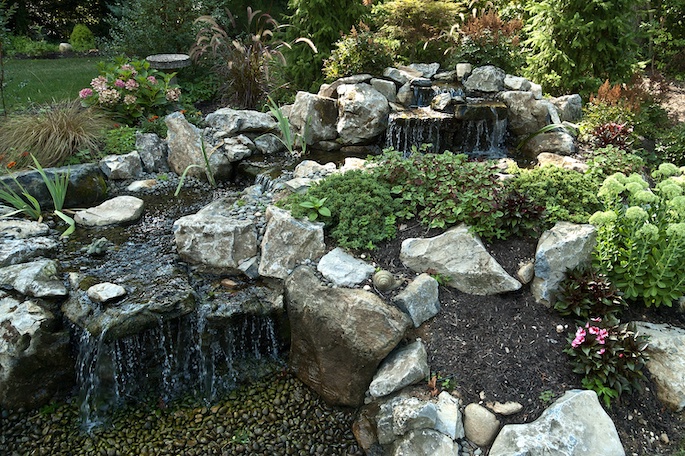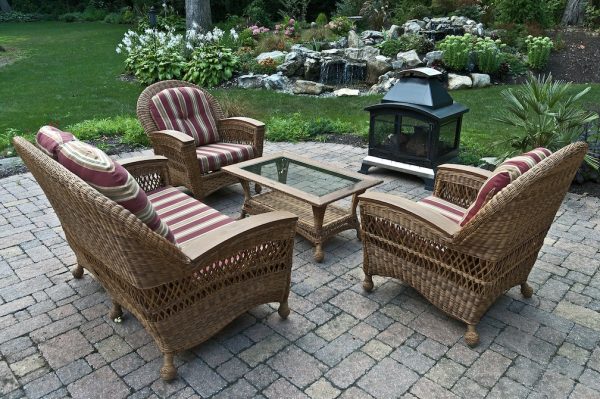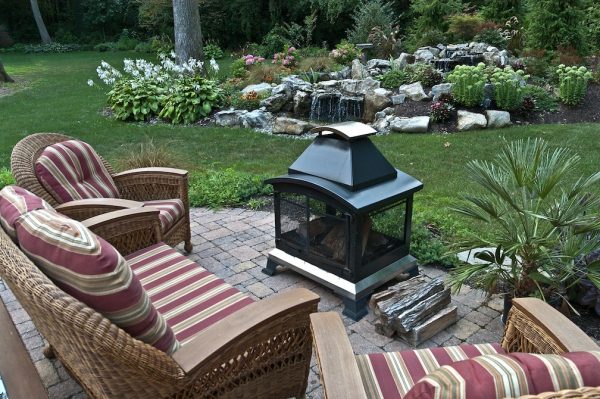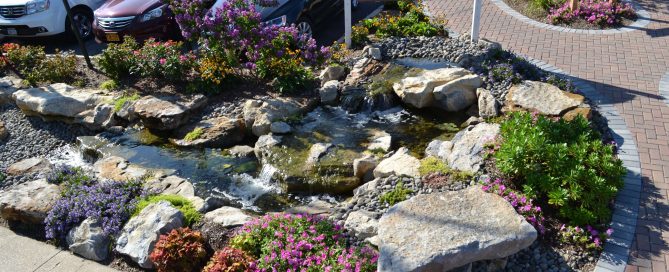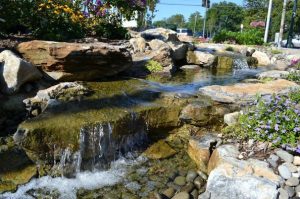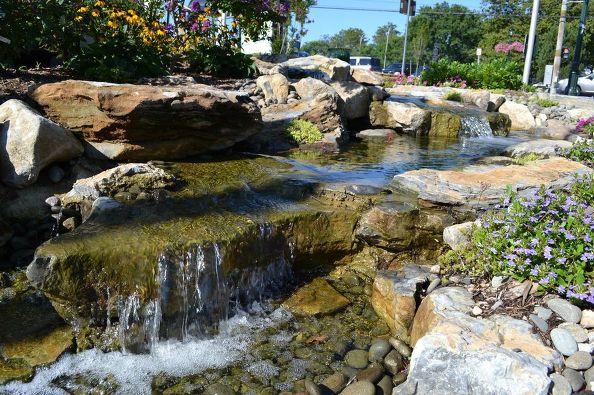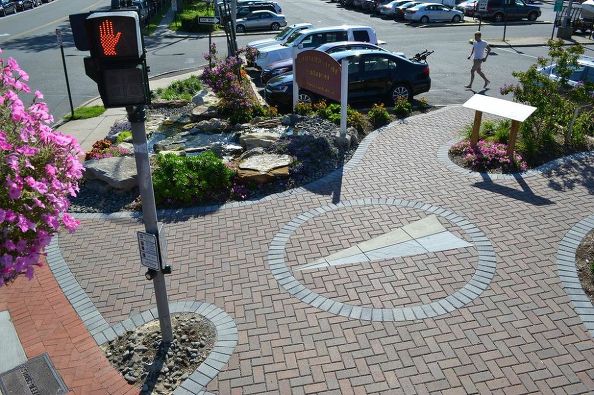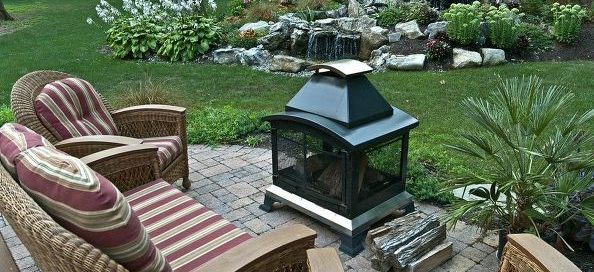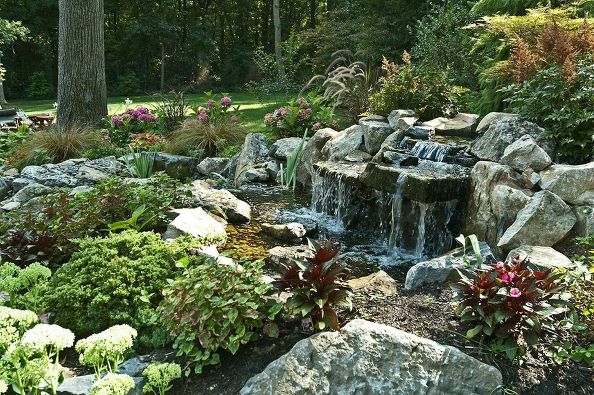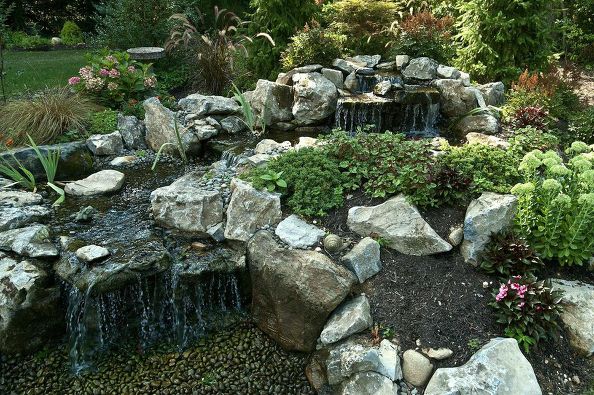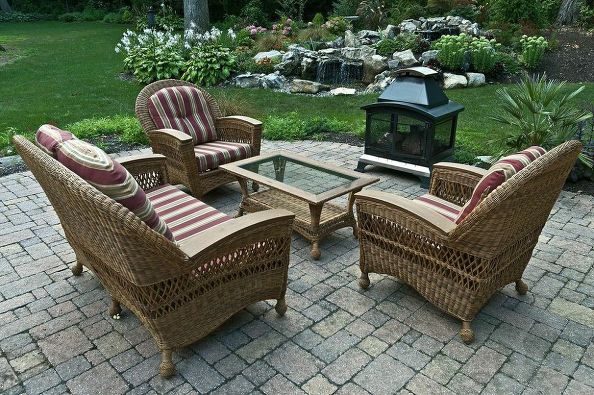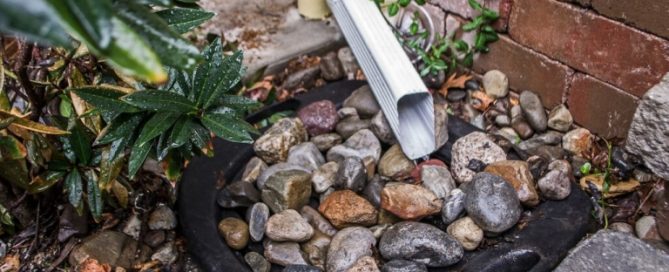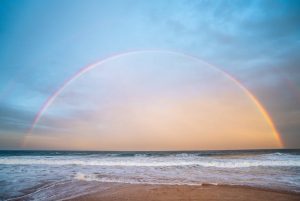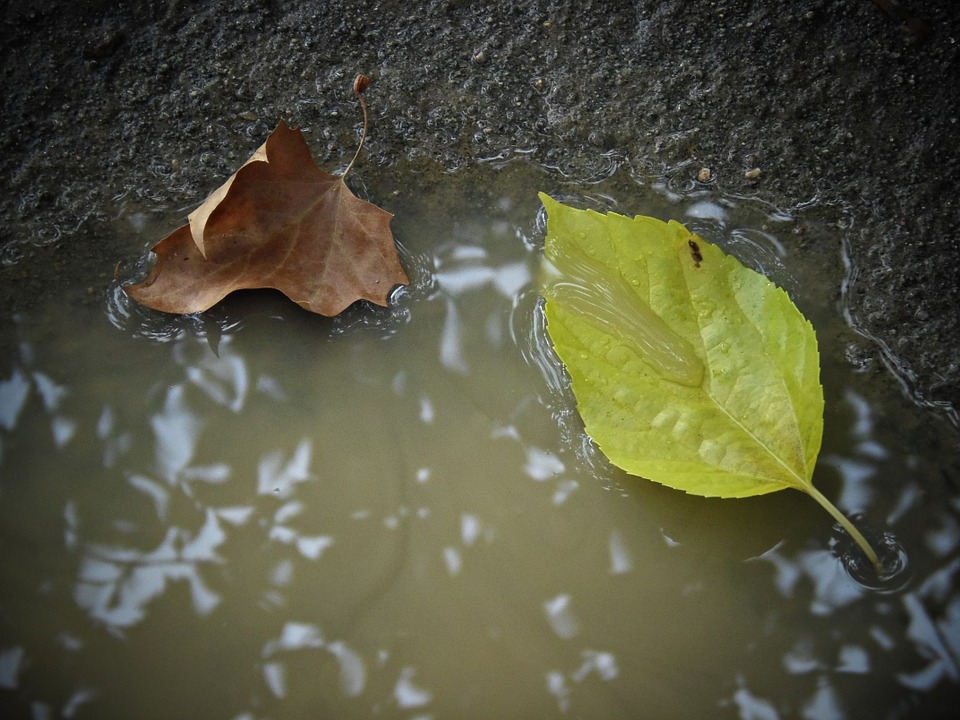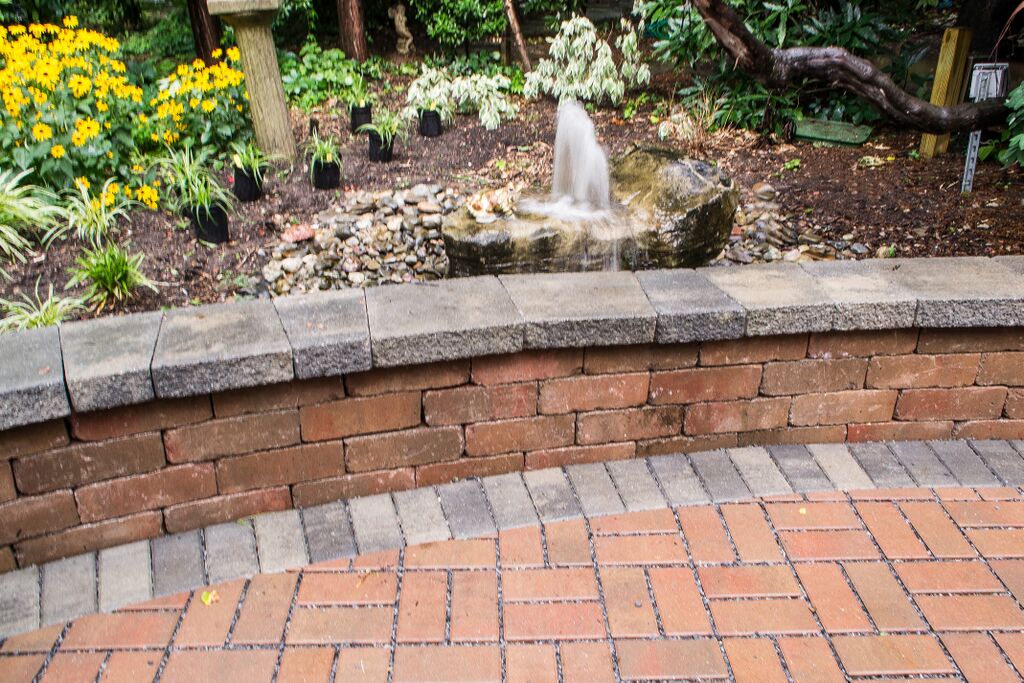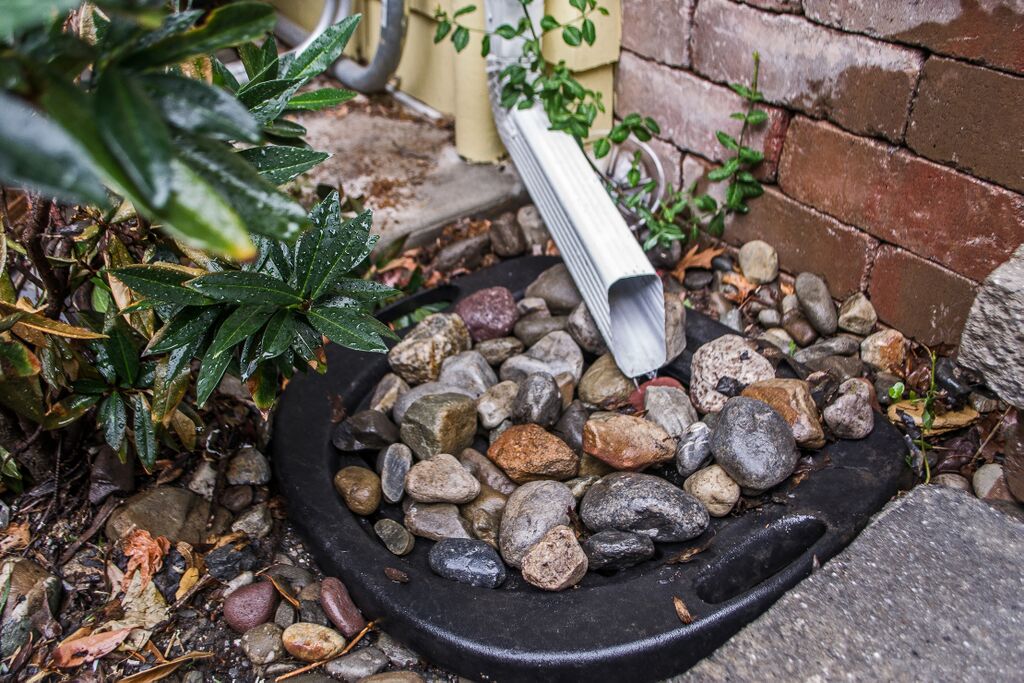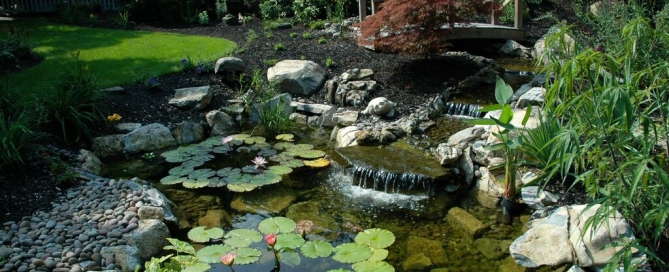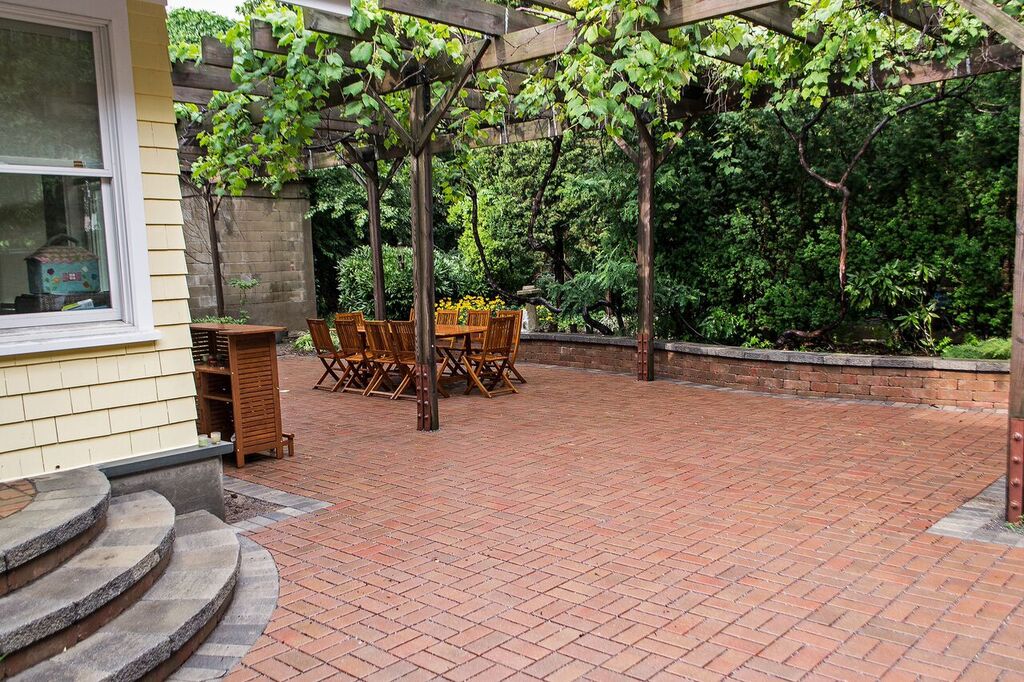Water Features on Public Lands Offer Beauty and Tranquility
Considering the tranquility and uplifted spirits water features offer humankind, adding and maintaining such beautiful spots on public lands can uplift a community.
Take for example an experience we had working with the Town of Huntington.
Before Deck and Patio moved to our present location in Greenlawn, NY, our home base was in Huntington Station, just a few blocks from the local train station.
Local Residents Hunger for Natural Beauty
One day, a member of our team was engaged in a casual conversation with a few women planting flowers near the train station. As a local landscaper, we offered to help by adding plants, flowers, shrubs and moss rocks.
“A problem became immediately apparent,” says our own Dave Stockwell. “There wasn’t any water source for maintaining the plants. The women had been lugging five-gallon buckets of water from their condos to maintain them.”
Dave adds that there was also no walkway to the station beyond a small brick and cement sidewalk and a dirt path. Plus it wasn’t handicap accessible. It felt that the spot needed more than just plants and shrubs.
After consulting with Deck and Patio’s own Rainwater Harvesting Group, we approached the Town of Huntington. “They were completely on board,” says Dave.
The key was to capture rainwater that would maintain the flowers and an attractive water feature.
With the Town’s cooperation, Deck and Patio installed a self-sustaining water feature with an underground reservoir to store captured rainwater. To help accumulate the most rainfall as well as add a paver pathway for direct access from the curb to the parking lot, we constructed a walk area made of permeable pavers.
“We used Techo-Bloc permeable pavers and installed them over gravel and a rubber liner.,” says Dave. “These pavers allow the rainwater to seep into the ground and into the reservoir where it can be recirculated.
“No Town water is needed to maintain it. Plus, this eco-friendly system keeps a good amount of falling non-filtered rainwater from going into the Town’s sewer system and on into Huntington Bay.”
The water feature is not just for aesthetics. It is highly functional. Its waterfall aerates the water — or oxygenates it which also keeps mosquitos at bay. The water plants we added absorb nutrients and pollutants to help purify the water. All together, the gravel, liner, and plants create a self-sustaining rainwater harvesting garden. The area is now a magnet for local birds who come here to bathe and drink.
The Aquascape Rainwater Harvesting System includes an auxiliary pump connected to the irrigation system. This ensures that the water used isn’t city water, but harvested entirely from rainwater. The below ground Aquascape Aqua Blox Reservoir holds 500 gallons of rainwater.
Where once was only a dirt path from the sidewalk to the train parking lot, permeable pavers allow easy walking (arrow area pavers) while capturing and filtering rainwater for reuse. The pavers used are Techo-Bloc Victorien Permeable Pavers.




